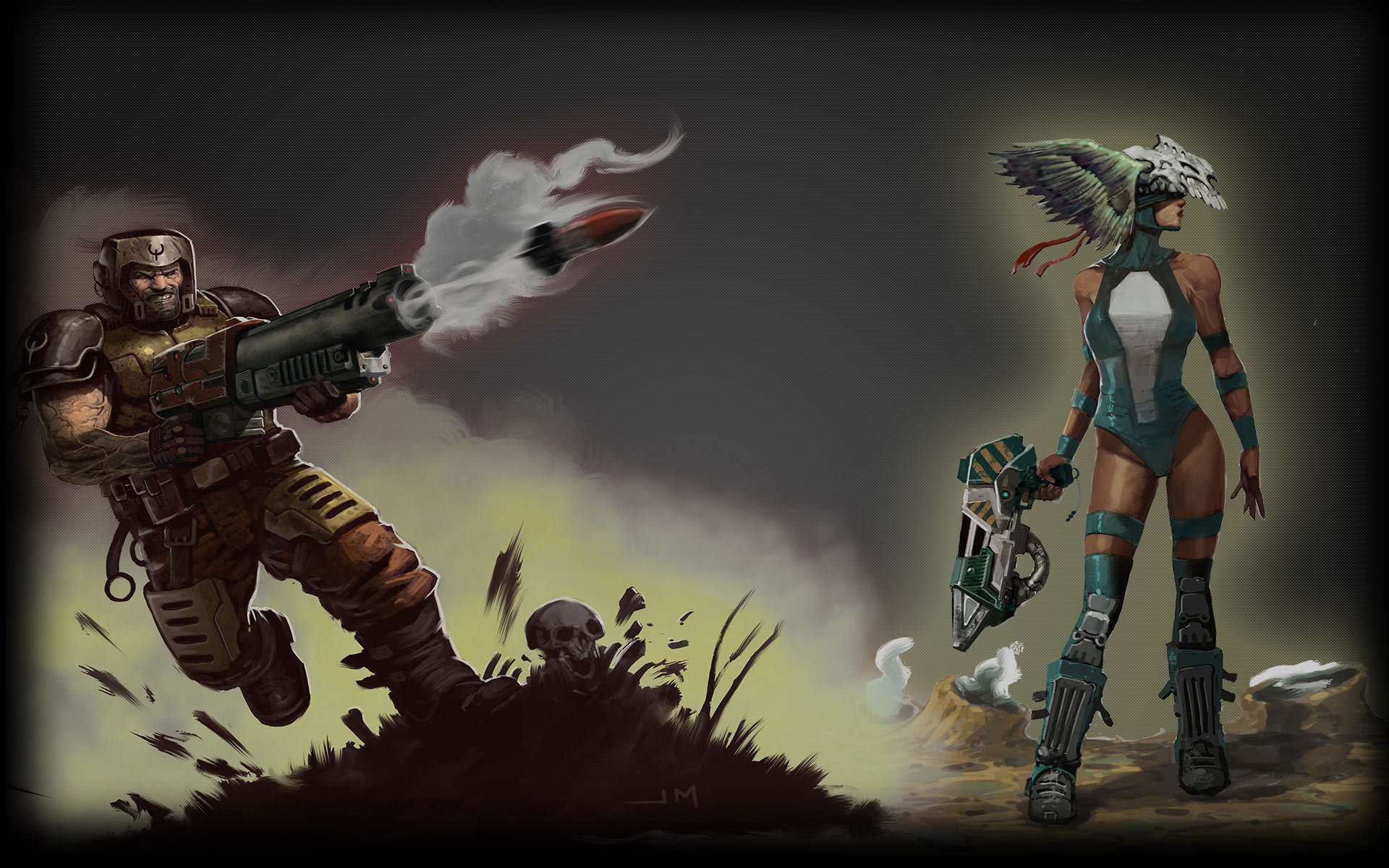
I've now been able to test this myself with an 2080Ti that NVIDIA provided for us a while ago and some of what they've done is quite impressive.Quake III Arena is a critically acclaimed, multiplayer-focused, arena first-person shooter developed by id Software and released in 1999. Thick Glass Refraction: experimental option that renders more physically accurate representations of thick glass, with internal reflection and refraction.Security Cameras: enable security camera monitors to display real-time gameplay, as shown above.Temporal Anti-Aliasing Toggle: enable or disable our post-process anti-aliasing.Reflection and Refraction Depth: configure the number of allowed reflection or refraction bounces, which most prominently affects the recursive reflections demonstrated earlier.If the game is faster than 60 FPS at 100%, it will not increase the scale further, so if you see you have a ton of extra performance, increase “Maximum Scale” By default, the option will try to keep your gameplay at 60 FPS by scaling between 50% and 100% resolution scaling. Now, there are options to enable dynamic resolution scaling - when dynamic scale is activated, the game will try to keep the target frame rate by adjusting the scale between minimum and maximum. Resolution Scaling Options: previously, you could decrease the internal rendering resolution to improve performance, or crank up the resolution to increase image quality.

They also added these additional options: There's now underwater god rays and god rays in reflections and refractions. In addition, rendering with water was improved as well. They also improved the rendering of metals, which together enhance the look quite a lot, especially since it's quite an old game now. Yesterday, an update was released for Quake II RTX to update over 400 textures used to improve the image quality.

It seems NVIDIA aren't quite done with Quake II RTX, seemingly now using it as a testing area to keep pushing more advanced features for ray tracing.


 0 kommentar(er)
0 kommentar(er)
